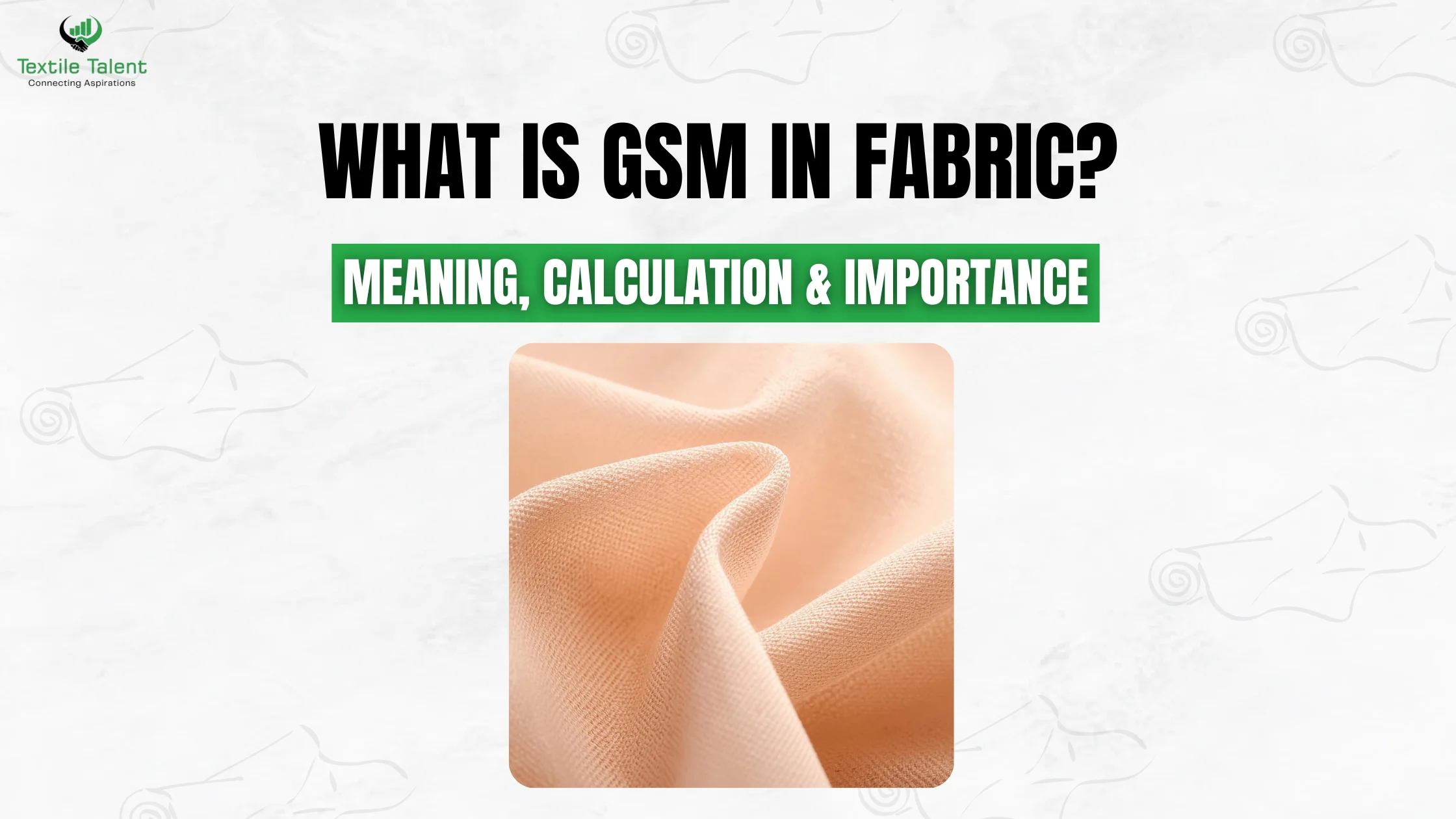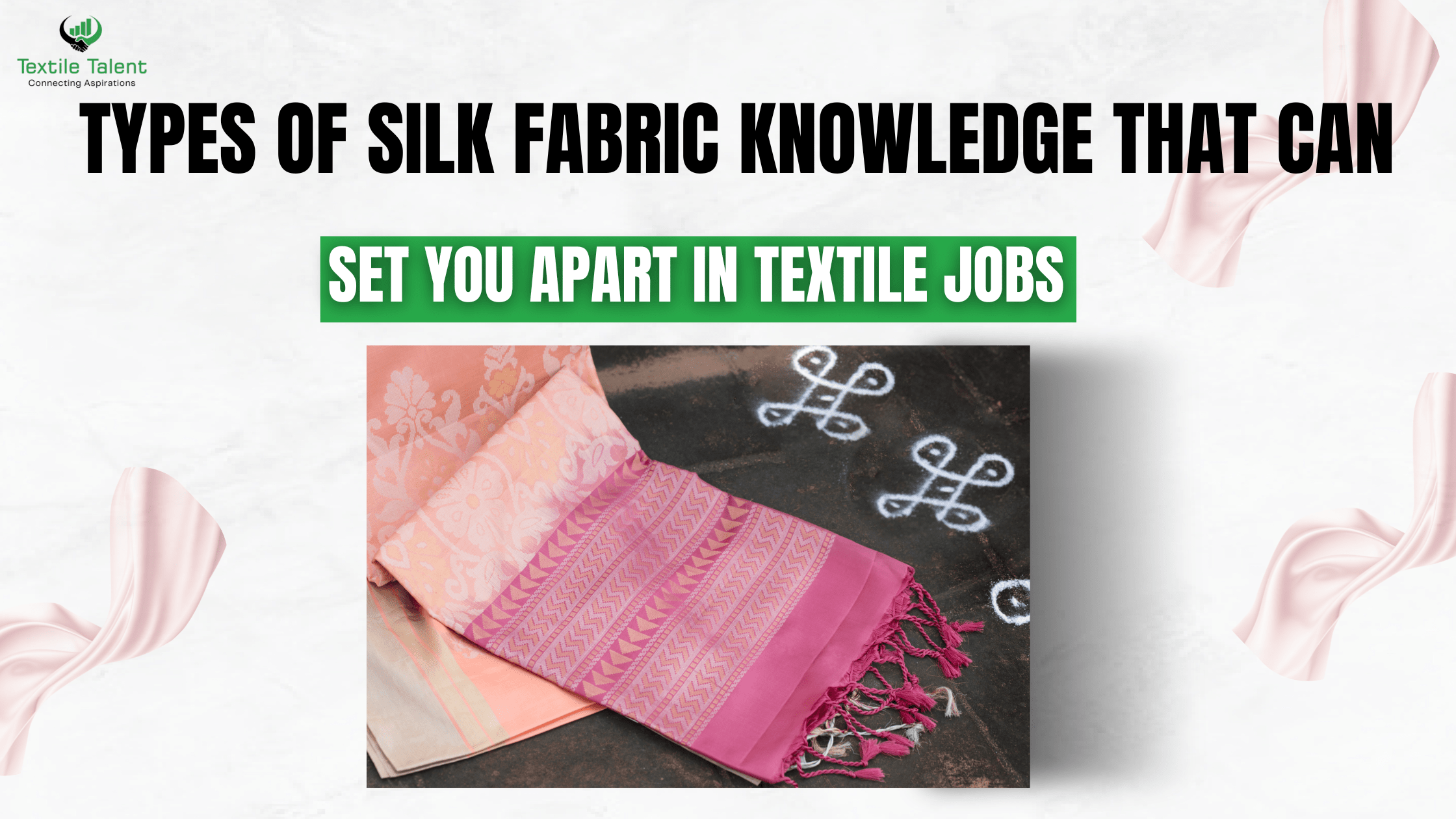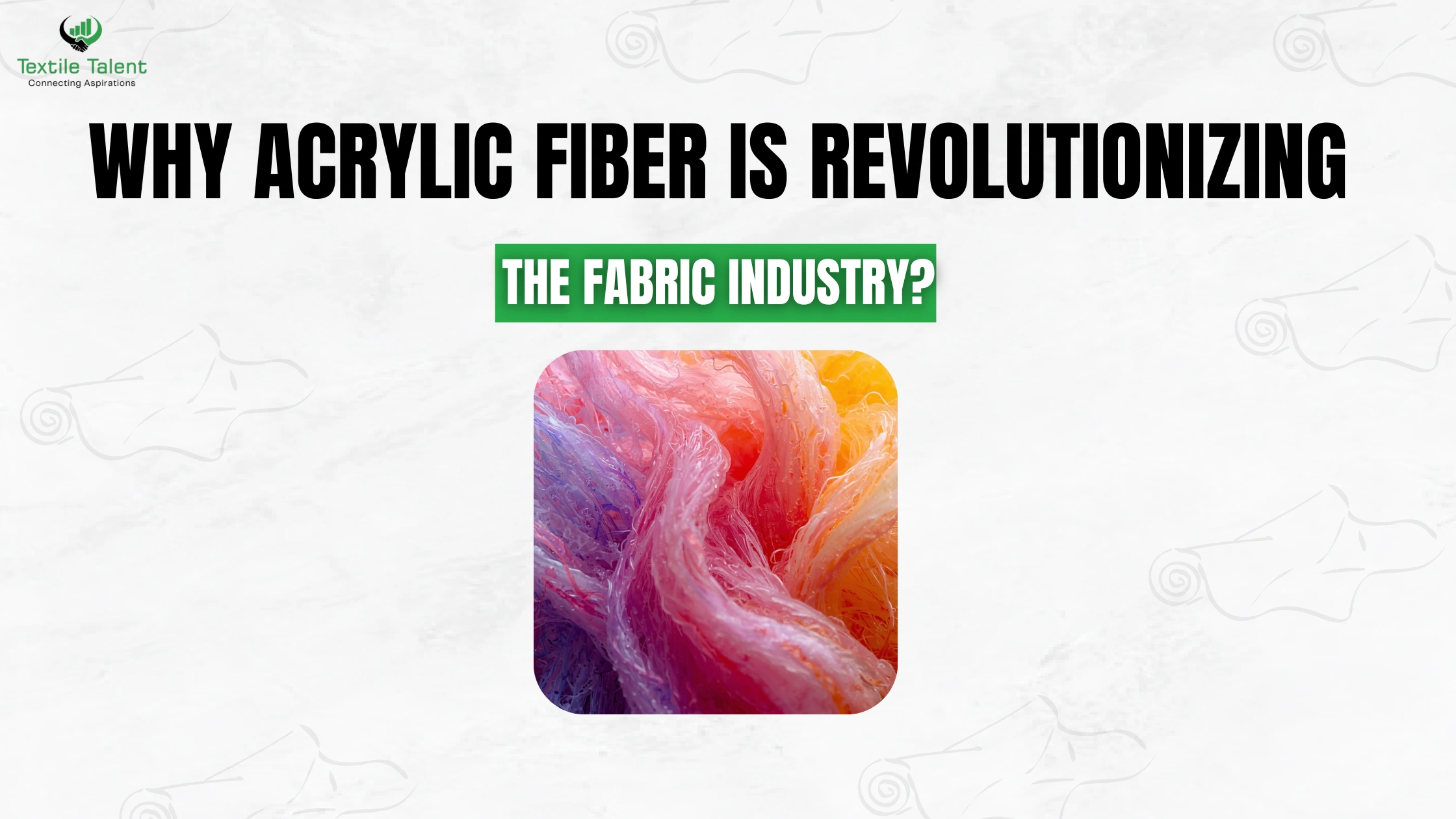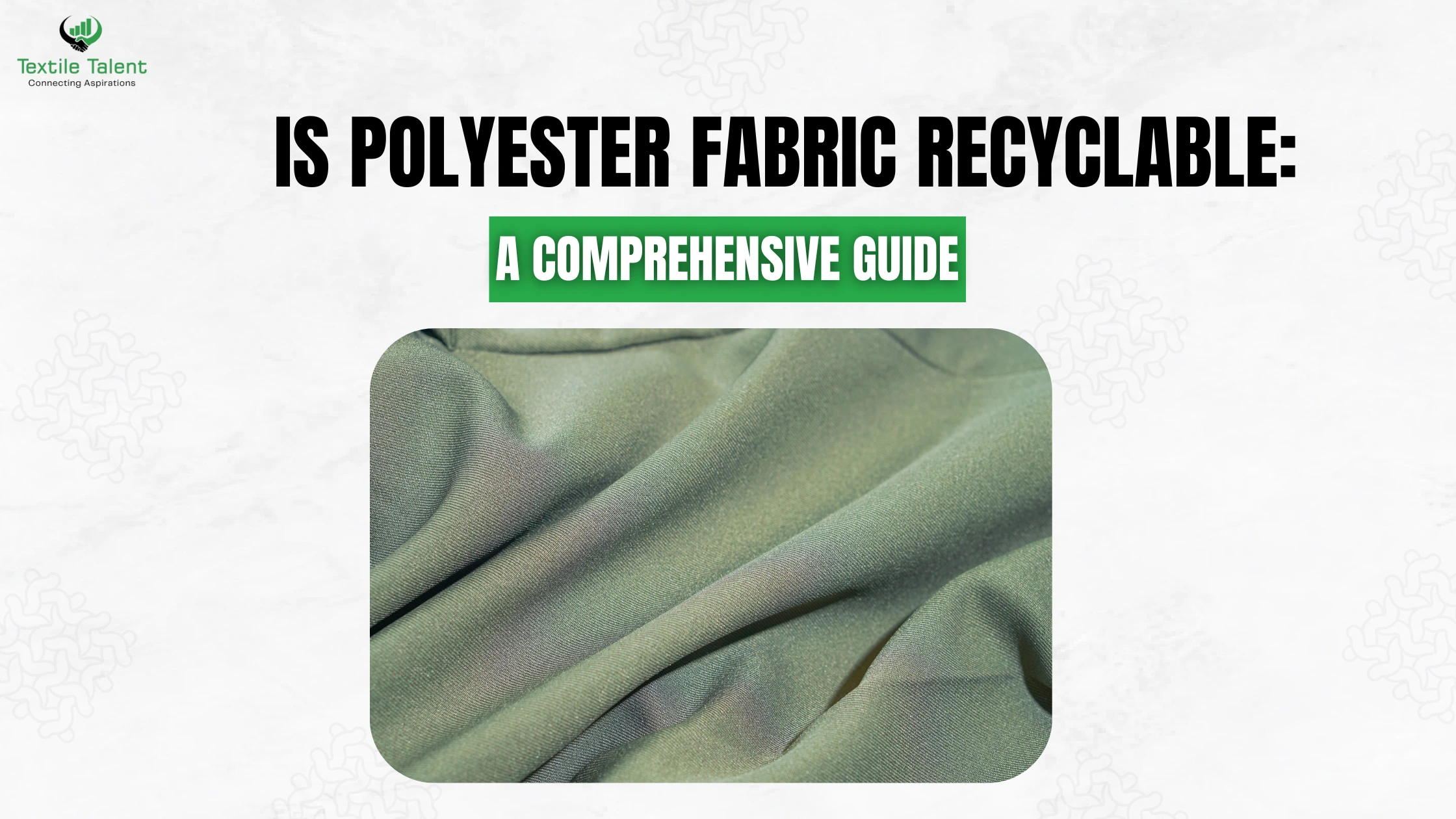
Summary
This article discusses how knowing Types of Silk Fabric can catapult you to another level in the textile field company ranks. It describes prominent types of silks, their properties and realistic approach to become skilled- training, practice and involvement into the industry.
The article also gives you practical measures to employ information about silk fabric in your resume and interview in order to enhance your chances of succeeding in competitive job market.
Specialized knowledge in the textile industry is what can be used to settle down or shine among the crowd.
Knowledge of the Types of Silk Fabric is not merely about knowing what the different silks are, but it is the ability to put the same to work in terms of designing, synthesis, quality check and interaction with clients. This is how the plunge into the pool of silk knowledge can jumpstart your textile professional career:
1. Why Silk Expertise Matters
Silk is known to be luxurious, strong, and versatile. The textile employers offering different types of jobs, rather than hiring the professionals who can only distinguish among different types of silk, look forward to hiring more professionals who can not only distinguish between silks but also learn how each kind of silk operates in weaving, dyeing and designing the garments.
It is best to emphasize this specialty since it may greatly enhance your job opportunities, no matter whether it is the position in production line, quality control or fashion design.
2. Common Types of Silk Fabric
Your textile knowledge demonstrates depth and sophistication because you are conversant with the varieties of silk. Among the main ones, there are:
Mulberry Silk: Gold standard-soft, strong and placed on high-end clothes and beddings.
Tussah Silk: Wild-felted silk has rustic color; great when trying to target a conscious / handcrafted product.
Eri Silk: This cruelty-free silk is also called as peace silk and it has matte appearance and it is popular in ethical fashion.
Muga Silk: This silk is exclusive to Assam, India; it has a natural golden gleam that is highly valued in traditional clothing.
Chiffon, Organza, Crepe de Chine: Type of cloths having their origin as silk but all having different drapes and texture.
Having a knowledge of these varieties assists you in the means to make better suggestions on materials, acknowledge quality flaws, and lecture on cost benefits driven trade exchanges.
3. The Silk Fabric Skills: How to construct
On the ground experience is required. These are ways which can enable you to acquire handy knowledge in silk fabric:
Practical classes: Masterclasses in silk weaving and dyeing so you can learn how to do it and detect the imperfections in the materials.
Days in the factory / internships: Get to see how silk is transformed, starting with the cocoons and the entire process involved in its production.
Textile Labs: Learn to test tensile strength, colorfastness conditions and weight and density of silk.
Self-Projects: Try various types of silk at home. Record responses of how each responds to washes, dyes, and sew.
4. The demonstration of Silk Knowledge in Job Applications
Demonstrate your depth with tangible proof:
Resume Highlights: Give a listing entitled Fabric Specializations in the resume- e.g. Expertise to distinguish and examine Mulberry and Tussah silk and Eri silk.
Portfolio Examples: Post fabric swatches and photos of the silks you have used- write some notes about the texture, sheen and performance.
Interest Pitches: Illustrate, I had to work on Muga silk in my previous work, and I used to regulate the dye strength to maintain the golden color instead of increasing its flaws by 30 percent.
5. Benefits Across Roles in Textile Jobs
Your silk fabric knowledge translates into value in many positions:
Production Managers can optimize inventory and reduce waste by selecting the right silk type for each order.
Quality Inspectors can quickly spot inconsistencies like uneven sheen or weak fibers—ensuring premium output.
Designers can craft garments that highlight silk’s unique draping, softness, or cultural significance.
Sales and Marketing professionals can educate clients on silk benefits—sharpening product storytelling.
6. Pair Silk Skills with Emerging Textile Trends
Current knowledge makes your knowledge even more topical:
Eco friendly: Eri and Tussr silks are popular with non polluting brands; attempting to posture yourself as an expert or at least enquiring about finding out about eco friendly-silk will act to your advantage.
Smart Textiles: Silk is an element of biocompatible sensors and wearable technology- by understanding the properties of silk in these terms, progressive thinking is demonstrated.
Revival of heritage craft: Revival of Muga and Tussah in hand-woven textiles keeps craftsmen and women busy, so they provide you, as a student of these, a chance to get into cultural preservation jobs.
7. Your Action Plan: Mastering the Silk
Encourage everyone to use one silk type a month, beginning with Mulberry then proceeding with Tussah, Eri and Muga.
Learn by doing: You can buy small pieces of silk, dye or sew some and write down what happens.
Get qualified: research institutes on the internet or at the local level that have modules in silk testing or sustainable fabrics.
Get into peer groups: join the acquaintances of the experts working within the industry of silk-based textiles inside forums or LinkedIn groups.
Design content- make small blog posts or Instagram reels to illustrate the comparison between the various types of silk fabric in order to establish thought leadership.
Final Thoughts
It is a differentiated skill set in textile careers as you learn with the Types of Silk Fabric. This expertise will enable you to better think with your head, make more informed decisions, up the quality of your products, and even sell them top-notch speaking more convincingly, in simple words, this expertise makes you be a better candidate to be hired for the 'textile industry jobs in India in the spheres of design, production, quality control, or sales. Master one type of silk at a time, develop experience through work, highlight your knowledge in the resumes and interviews. Employers will soon realize that you are a person who specializes in his or her expertise and this puts you ahead into the competitive world of textiles.






